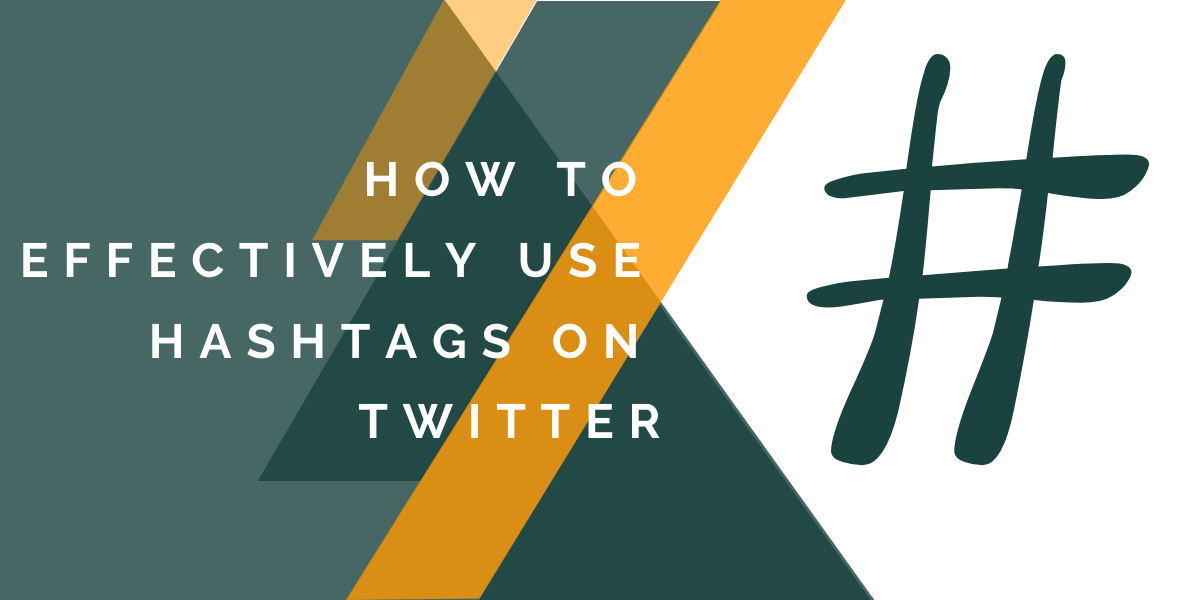
When it comes to creating content for Twitter, using hashtags (#) is a very significant component. These are helpful in revealing subjects or keywords in a tweet. In addition to this, it has the potential to expand your influence as a subject matter expert (SME) on a specific brand, niche, or issue. This can lead to you gaining a huge number of followers and establishing yourself as a trusted source of information for others to turn to for information. Those who have never used hashtags before often realize, once they do so for the first time, that they could reach a greater number of people if they utilized the appropriate hashtags. If you are able to use hashtags on Twitter in an efficient manner, you will have a competitive advantage in the Twittersphere.
Best Practices and Guidelines
The following are some best practices and general tips to follow when deciding which hashtags to use:
- It is important to avoid using an excessive amount of hashtags because doing so can result in a reduction in interaction.
- Combine targeted hashtags for niches with the material that’s relevant to those hashtags.
- Choose between your most popular hashtags.
- Hashtags used for brands should be original, so that users can recognize both you and the material you share quickly and simply.
- Use Twitter analytics to determine which ratio of content to hashtags resulted in the highest level of engagement for your account.
- Try trying a few different hashtags to see which one generates the most interaction with your audience.
For a more comprehensive list of best practices and recommendations, check out “The dos and don’ts of hashtags” on the Twitter for Business website.
Optimize for Relevancy and Engagement
When you’re trying to optimize the material on your Twitter account, you should concentrate on one aspect at a time. What exactly constitutes an element of a tweet? It’s possible that this is the question, the link, or in the case of this discussion, the hashtags. By zeroing in on a specific component of your tweet, you can easily determine which aspect of your optimization was responsible for the increase in interaction.
Twitter searches can be made more effective through the use of hashtags. It raises the likelihood that tweets will be viewed by people who are interested in your topic, brand, or specialty. Nonetheless, you should try to avoid using a lot of different hashtags. The use of an excessive number of hashtags might make content appear to be spam. According to Twitter for Business, the optimal number of relevant hashtags to use within a single Tweet is two, which may potentially gain you an additional 21% in engagement.
Discovering hashtags that are pertinent to your topic can be difficult at times. Finding the right hashtags to complement your content and boost interaction will require some experimentation and exploration on your part. Check out the hashtags that people who have influence in your field are using first and foremost. If you are in charge of marketing, you may use Twitter to monitor what your competitors are up to in terms of new product releases, promotions, products, and services. This will help you stay ahead of the competition. Also, before using a hashtag on Twitter, perform a search for that hashtag to observe the number of posts and engagement it receives. Putting in the effort to perform this due diligence will help one’s own efforts become more successful and will boost their overall potential.
Hashtags Goes Beyond Promoting Content
Beyond advertising your brand or content, hashtags may be used for a variety of other purposes. You can make use of hashtags to search for jobs that specifically interest you. You can also find out when companies are going to be holding conferences and then follow those conferences for information about job opportunities.
First things first, conduct a search for a certain category of hashtag postings. You may, for instance, search for #developerjobs, and any listings that contain that hashtag will come up in the results. Second, if you are fortunate enough to obtain an interview, you should go to the company’s Twitter profile and familiarize yourself with the most recent posts. You never know, these subjects could come up in the interview, and if they do, they could provide you an advantage over the other candidates. Third, if your resume is stored in the cloud and can be shared, respond to any postings with a link to your resume. This is only applicable if your resume is shareable.
Conclusion
Hashtags (#) are essential for Twitter content. These reveal tweet topics and keywords. It can also boost your authority as a brand, niche, topic SME, or even land you a job. This can help you obtain many followers and become a trustworthy source of information. Once they start using hashtags, first-timers find they can reach more people with the right ones. Twitter users that use hashtags effectively will have an advantage.